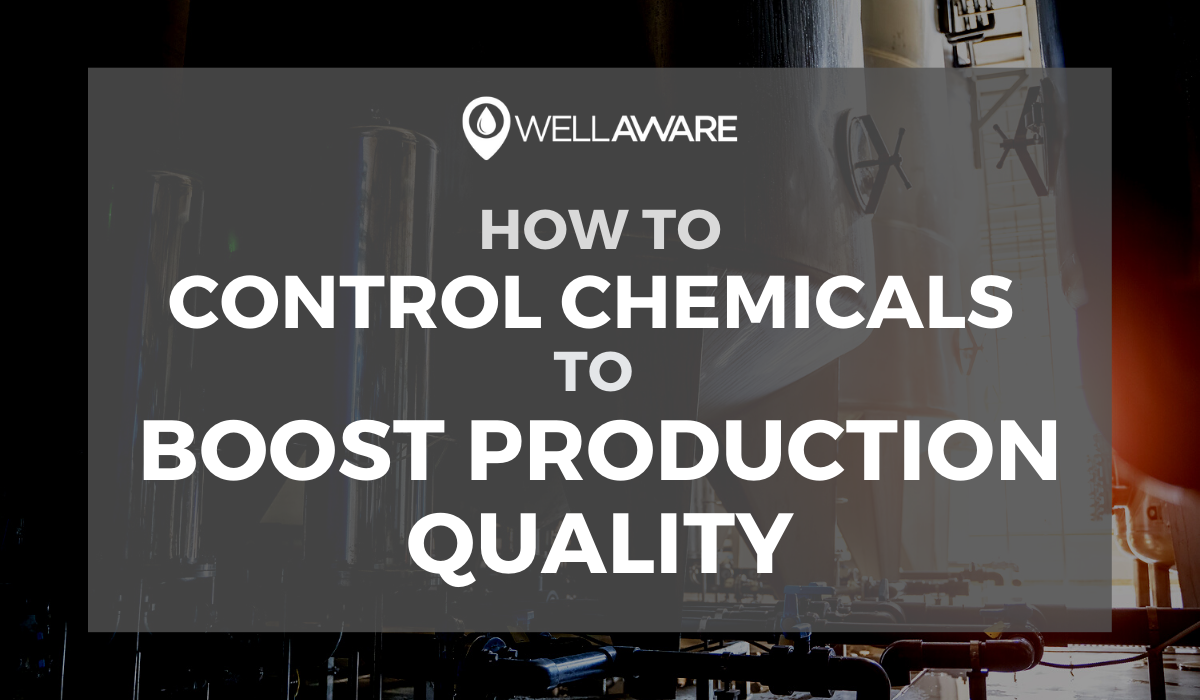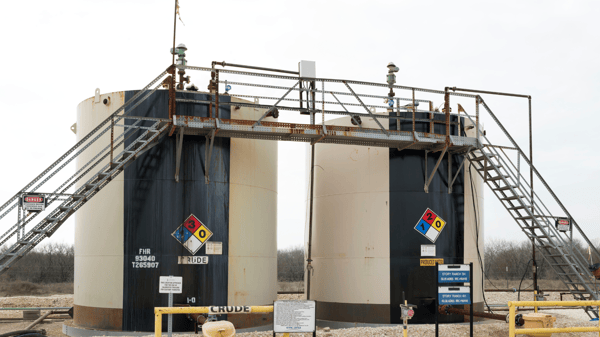
News, Insights, and more on Industrial IoT

Industrial chemicals play an essential role in the quality of the goods that we produce. Without chemicals, the gas we put in our cars, the water we drink, the food we eat, and even the cosmetics we buy wouldn’t meet quality standards that exist to satisfy and protect end users and consumers.
However, many industrial organizations don’t have the capabilities needed to inject chemicals appropriately across manufacturing assets in order to preserve production quality. Injecting the right concentration of chemicals to the right places at the right time can be difficult without a robust chemical management program. To be successful, operators need complete visibility into their chemical injection pumps and systems, which includes real-time, automated data feeds that illuminate chemical injection performance.
In this post, we continue discussing why having a well-designed chemical management program is so vital in today’s world. We dive specifically into how specialty chemicals impact production quality and address some of the biggest challenges organizations face when it comes to chemical treatment.
In the same way that chemicals can increase the quantity of production, they can also boost its quality. Industrial chemicals help companies enhance quality assurance programs and maintain effective manufacturing processes. Consequently, they preserve top-line revenue, reduce waste, and mitigate regulatory risk.
One way that chemicals, like iron sulfide dissolvers, enhance production quality is by removing basic sediment and water (BS&W) from core processes. If under-injected, these chemicals can’t purify substances enough to meet distribution standards. If over-injected, clarifiers and dissolvers may produce colloidal suspensions in fluid streams, which require additional processing and filtration.
Clean water continues to be a valuable asset in the oil and gas sector, as companies use water for fracturing, reservoir pressure maintenance, stimulation, and more. By injecting the right amount of iron sulfide dissolver, operators can save the hundreds of thousands or millions of dollars they are accustomed to spending on iron sulfide remediation.
Manufacturing processes often require separation or mixing using chemical emulsifiers and demulsifiers. Under-injecting these additives can lead to unwanted separations or render products ineffective. Over-injecting emulsifiers can create “too much stability,” causing liquids to crystallize or thicken.
Failure to achieve necessary quality standards because of bad chemical injection can lead to severe public health and financial problems. Poor emulsification in food manufacturing, for example, contributes to the 1.6 billion tons of food wasted each year, a global cost of $750B annually.

Over-injecting demulsifiers in crude oil applications can actually create
the opposite effect - a stable emulsion of oil and water
In many chemical processes, the primary goal is to enhance the quality of a central substrate.
Again, incorrect dosing can work against this goal. For example, injecting too little of a fertilizer results in dead or dying plants that don’t produce anticipated yields. Too much fertilizer can lead to nitrogen runoff, which is highly problematic for the environment.
According to a 2015 article in the Environmental Research Letters journal, nitrogen pollution from American farmland accounts for $157B in damages to human health and the environment. Proper chemical dosing would help significantly improve the quality of fertilizer substrates and minimize downstream damages.

Poor chemical treatment can affect the quality of the soil which supports our agricultre industry
A primary goal for many industrial organizations is to get the most out of their production processes. As we’ve highlighted above, chemical failures can get in the way quickly.
Fortunately, there are simple solutions for preventing common problems and optimizing chemical management programs for production quality. We recommend that operators stay on top of manufacturing infrastructure in two crucial ways:
We dive into each in more detail below.
In our last several blog posts, we’ve pointed out the many ways that chemical programs fall short for modern organizations. Chemical programs all over the world are fraught with problems:
The list goes on and on. Consequently, it can be hard to know where to start. If your chemical program is like most, then you likely have a myriad of problems to fix at this very moment.
Enter performance indexing.
WellAware uses indexing to normalize and rank chemical dosage issues. We use three key performance indicators (KPIs) in particular:
We rely on these indexes to track performance across complex chemical management programs, which ultimately helps us promote production quality for industrial clients. In our assessments, we consider industry average performance for the chemical program components in question, as well as the urgency of the problem that needs fixing.
For example, our index uses a proprietary algorithm to evaluate injection variance according to the severity of the deviation. Most other service providers in our position only look at percentage differences between actual and target injection performance.
Consider the following scenario:
Our index would appropriately recognize that injection A is a bigger deal than injection B, whereas a rote review of percentage difference would not.
Additionally, we aggregate metrics across all injection systems into a single Chemical Performance Index designed to help you prioritize issues that prevent your chemical program - and thus your production - from succeeding.
On top of prioritizing shortcomings across your chemical management program, you need to keep injection pumps properly calibrated. Doing so can be tremendously frustrating, as your chemical needs can change frequently.
Injection pumps are calibrated based on current conditions at the time of calibration. The variables that impact calibration include:
As these conditions change, so, too, can pump output and efficiency. A pump calibrated to inject 5 GPD one day might only do 3 GPD several months later as, say, the outdoor temperature gets colder. You have to stay on top of calibrations to ensure your injection systems remain on target.
Realizing how much calibration affects chemical program effectiveness, we developed a proprietary regression algorithm that tracks observed usage and accounts for all noise, fills, transfers, and more in a chemical tank. We then compare that usage to pump setpoints to identify calibration issues.
Armed with this field data, we can notify chemical managers of problems with dashboards, reports, and alarms. Furthermore, we can identify injection problems tied to improper calibration and automatically recalibrate pumps via remote updates! Field workers don’t have to continually adjust injection pumps by hand and risk letting chemical operations fall to the wayside.
Today, our On Demand Chemical™ product line monitors, controls, and automates more than 2,000 chemical injection systems. We use our combination of industrial experience and data expertise to help production managers stay on top of their chemical management programs and mitigate issues that detract from business outcomes.
To learn more about how our On Demand Chemical product line uses real-time data feeds, automation, and more, to support chemical managers, go to wellaware.us/chemical.

Having a data challenge? You're not alone.
Sign up for our blog and receive a free eBook on the 10 data challenges in Industrial IoT and how to overcome them.
Have a Question?